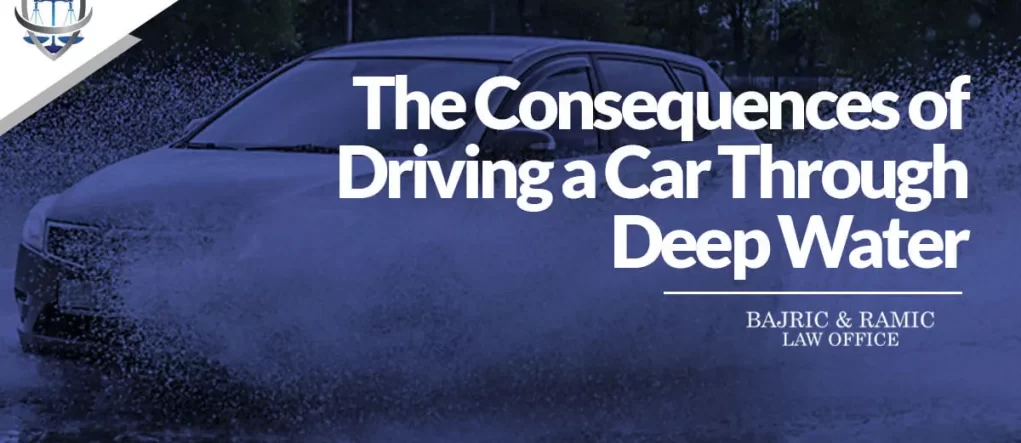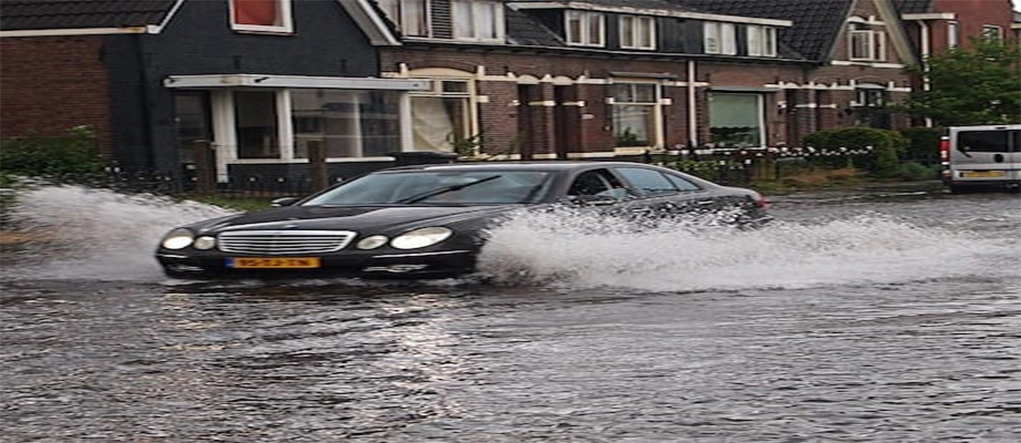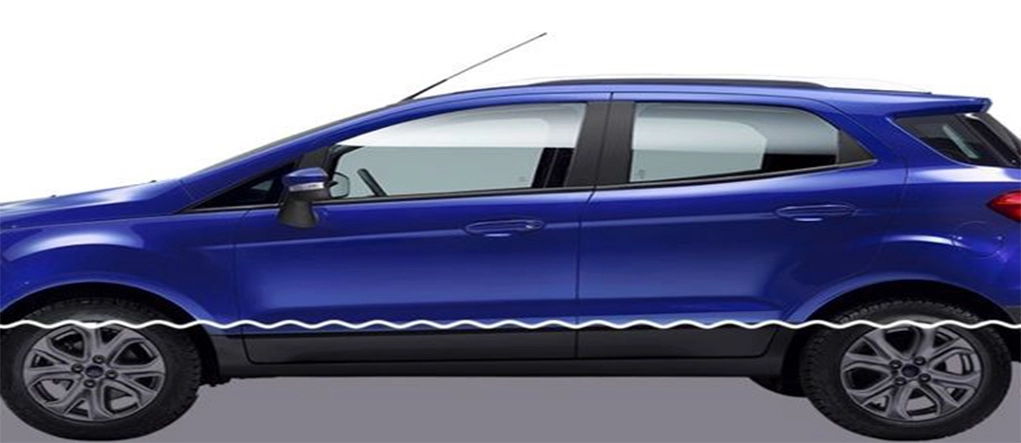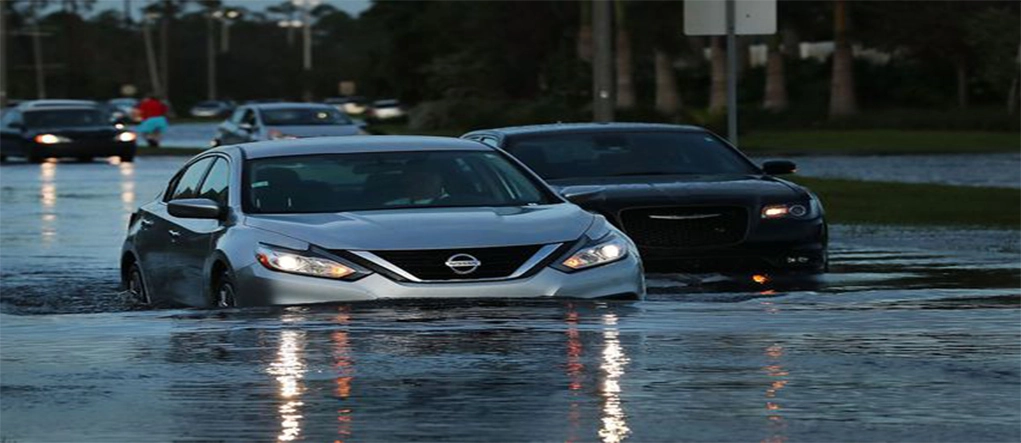The Consequences of Driving a Car Through Deep Water

Summer has come and we are witnessing more and more frequent storms. Rain clouds carry with them huge amounts of water that mostly cannot be channeled into rivers at high speed and smaller pools of water are created that can be dangerous for your car. Find out below all the breakdowns that driving a car through deep water can bring.
Tips
- Driving through puddles too fast will significantly increase the risk of car damage
- Sometimes it is better to change the road than to risk crossing a flood
- If you have to go through a tunnel flooded with water. In that case, the crossing may even result in a complete car breakdown.

The dangers of driving through deep water
Driving through water is dangerous, especially if it flows across the road. You can easily sweep your car. You will also have no idea about the condition of the road below. In general, do not drive through water if the water level is greater than half the height of the tire. If you’re not sure about the depth, don’t be the first to dare! Observe other vehicles. If you choose to drive through water, drive slowly and steadily.
Driving on a flooded road can damage your vehicle. The best option is to turn or park in a safe place until the water recedes. If you drive through water and the engine stops, you have no choice but to restart the engine. This can cause serious engine damage. Even otherwise, water can wreak havoc on all the low-lying components of your car. Here are a few things to check if you are driving through deep water.

What to do if a huge puddle appears on the road? It is best to turn around and choose another route, but unfortunately this is not always possible. In that case, try to find reference points that will allow you to estimate the depth of the pond, such as sidewalks and signs, and choose the shallowest path. If the water looks deeper than a few tens of centimeters, and you do not have a real off-road car, we advise you to give up trying to pass. Such an attempt can end in damage amounting to thousands of marks. Covers under the engine can cause damage, brake discs can bend due to heat stroke, and in the worst case scenario, you can even destroy the engine.
However, if you try to cross, do so slowly, at a steady speed, but so that the engine does not stop in the middle of a flooded road. Also, watch out for cars driving in front of you that are causing the wave. If possible, try to cross the side of the road, if it is shallower there, or partially go to the sidewalk – of course if possible and safe for other road users.
Even the engine can be destroyed
The problem arises when the engine sucks in water. However, don’t worry, air intakes are usually set high enough that driving through larger puddles is harmless, but such accidents do happen. It is usually the fault of the drivers themselves who enter the puddles too quickly. When water enters the engine, the pistons will bend safely and the cylinder head may be damaged.
Watch out for electronics
It is wise to watch other cars passing through the flooded part of the street. If the water is above the threshold, you better go back. It is more than certain that he will get into the car, and that means serious problems. It is possible that not immediately, but in the long run, problems with electronics occur in the car. Why? The bundle of cables in the car is usually directed towards the floor. If they stay in the water for a long time, the car’s electronics can go “crazy”.
Visit our website.


